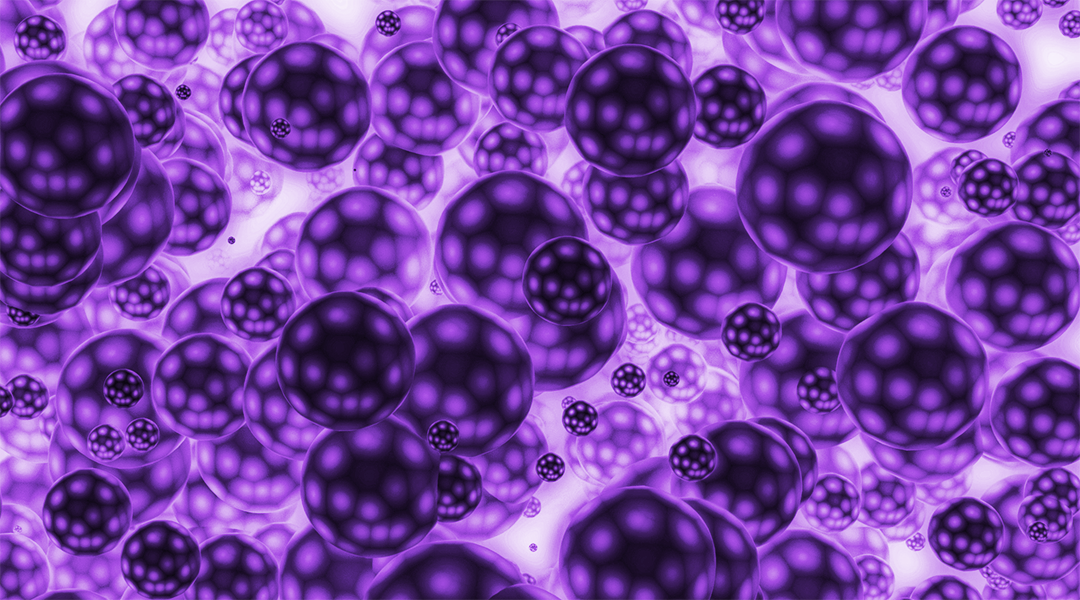Peptoids are peptidomimetic polymers composed of N-substituted glycine monomers with the side chains being joined to the nitrogen atom rather than the α‐carbon. The creation of them has led to a fundamentally new class of protein‐mimetic nanostructures in which the lack of backbone chirality and intra‐chain hydrogen bonding allows the side chain interactions alone to dominate the secondary structures. The chemical and enzymatic stability of peptoids is much higher than their peptide counterparts, making them attractive building blocks.
Biopolymers presents a review of recent advances in the design, mechanism of formation and application of the materials that are generated by the self-assembly of peptoids by Alessia Battigelli who is currently working at Brown University, U.S.A.
Peptoids are typically constructed using solid‐phase synthesis; the precise control of the sequence means researchers can achieve extended tuning of the functional properties of the polymer chain and the possibility to translate this information into the design of novel architectures. The review classifies the assemblies as zero-, mono-, and bi-dimensional nanoarchitectures, according to their morphological and geometrical features. Materials discussed therefore include nanoparticles, nanotubes and nanosheets.
For example, nanoparticles and vesicles have proven to be important platforms for drug delivery and disease diagnostics. Peptoids have also been seen to form nanosheets and subsequently assemble into superhelical nanostructures. The understanding of the process has helped stimulate new ideas to add to the repertoire of possible architectures and accompanying functions. Materials based on a different monodimensional structure, the nanotube, have been shown to have potential for water decontamination. Other applications described in the review include adhesives, templating Pd nanoparticles for the subsequent fabrication of catalytic Pd materials, and a label‐free biosensor for the detection of Alzheimer’s disease.
Battigelli believes research should continue to move towards the applications of these materials. Indeed, in the initial stages, scientists had to learn and comprehend the rules required to translate the functional properties of the polymer chain into the design of novel architectures. She feels that now focus should turn to the technological advances that atomically precise and highly versatile nanostructures can offer.

















